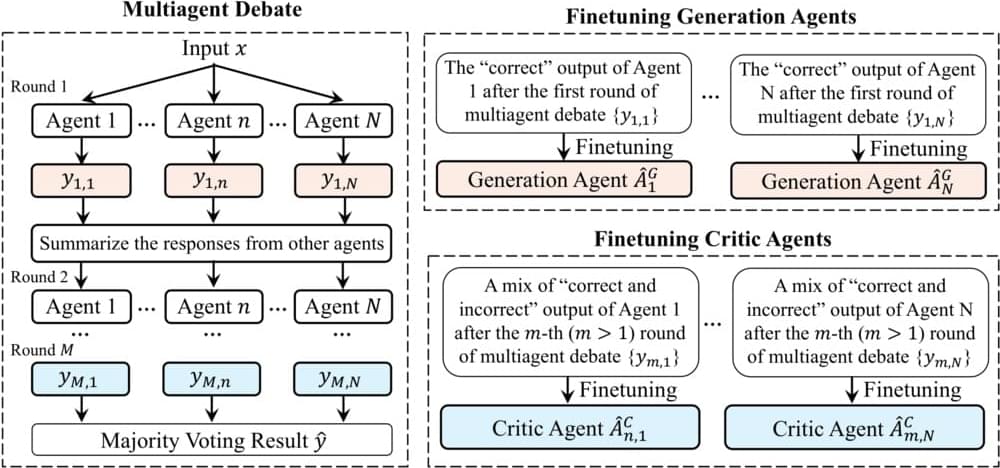By the end of 2024, artificial intelligence (AI) and machine learning (ML) had established themselves as the main transformative forces behind recent technological advancements in healthcare. A report by Silicon Valley Bank states that in 2024, the amount of VC investment in health AI in the U.S. was expected to reach $11.1 billion, the highest number since 2021.
In my experience, the main driver behind the AI investment and adoption craze is the measurable value technology offers healthcare providers. A 2023 National Bureau of Economic Research study indicates that integrating AI can save the U.S. healthcare system up to $360 billion annually. A 2023 survey by the AMA shows that physicians see AI as a way to reduce the administrative burden of documentation (54%) and improve workflow efficiency (69%).
But do these positive changes reflect on the quality of care, and do patients benefit from AI and ML-powered solutions? In this article, I share my take on the transformative potential of AI and ML in the modern care delivery process.









